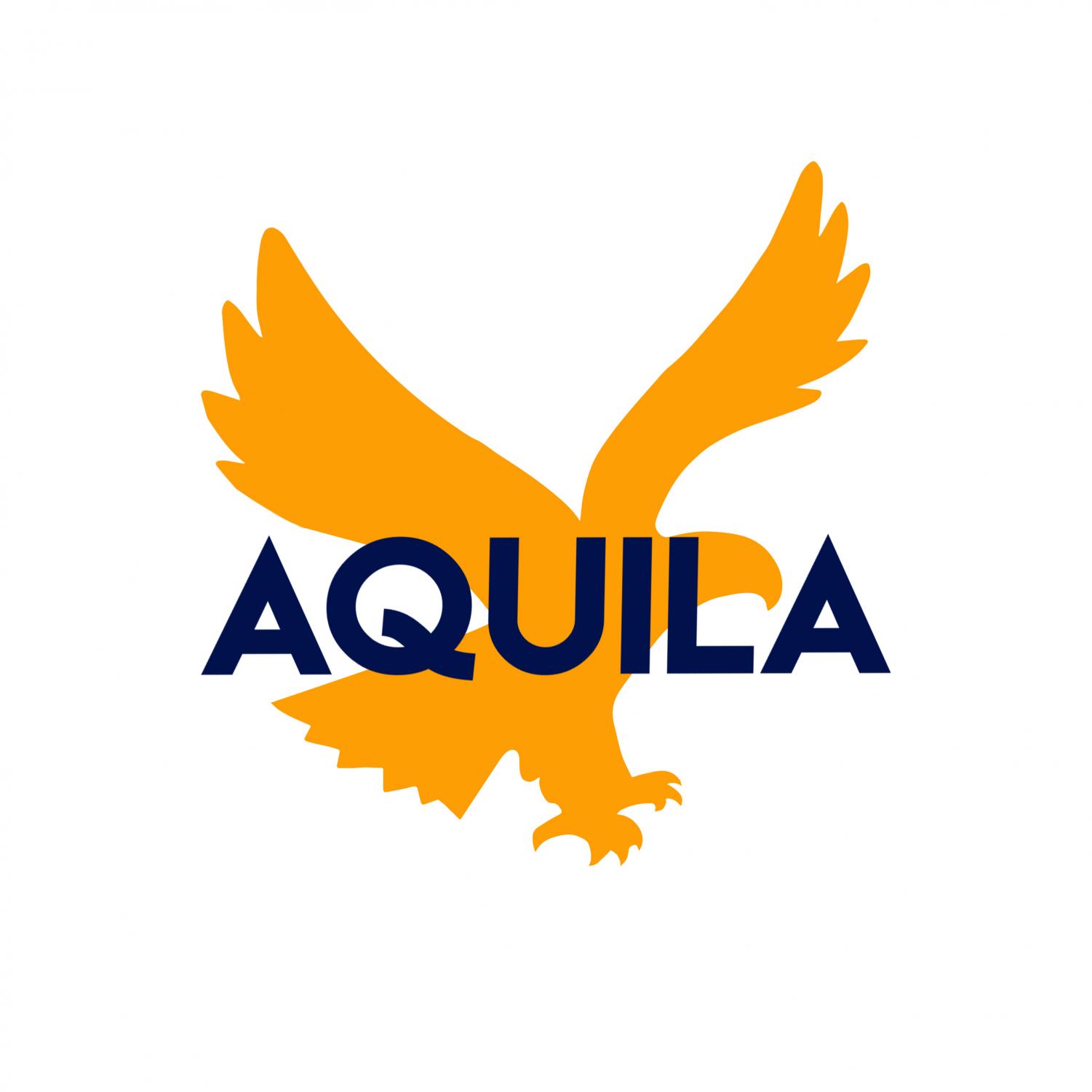Danger, Content Banned.
On Jan. 15, YouTube released its new policies regarding videos featuring dangerous and harmful pranks and challenges.
The company has officially banned content that contains challenges with apparent risk of harm or even death to any of the participants, and the act of challenging others has also been banned if the challenge has been shown to be dangerous.
Pranks that make participants believe they are at risk of imminent harm and ones that can cause emotional stress to children are both prohibited.
If a video is flagged for inappropriate content, YouTube’s staff will look over it and decide whether or not to remove it from their site.
YouTube, in their policies on harmful or dangerous content, said that “While it might not seem fair to say you can’t show something because of what viewers might do in response, we draw the line at content that intends to incite violence or encourage dangerous or illegal activities that have an inherent risk of serious physical harm or death.”
The threat of pranks and challenges have become even more prevalent through new challenges. One of the recent challenges has been the Bird Box challenge, where participants must follow what the people on the movie Bird Box did, and blindfold themselves while completing certain actions.
Netflix had to step in releasing a statement:
“Can’t believe I have to say this, but: PLEASE DO NOT HURT YOURSELVES WITH THIS BIRD BOX CHALLENGE,” Netflix posted on its Twitter account.
Creators on YouTube understand that what they do influences children, including sophomore Tymon Vu.
“Now kids want to become YouTubers,” Vu said. “With so many children nowadays using YouTube, watching videos and being inspired, I think with pranksters, they are brainwashing these kids almost to make them think ‘Oh, this is OK to do in public.’”
Eighth grader Aparna Prabhakar said that YouTube has the right to add these new policies because it is their platform, but she disagrees with the ethics part of it.
“I just think it’s weird,” Prabhakar said. “They have been like, ‘You can put whatever you want on’ for so many years, and all of a sudden now you can’t do whatever you want with it.”
Prabhakar also believes that it will be difficult for YouTube to uphold these new policies.
“There are billions of accounts on YouTube,” Prabhakar said. “YouTube can’t go through every single one of them and say ‘That’s inappropriate content.’”
Some might say the change has been good for small creators since they have seen popular creators get away with certain actions that would destroy small creators.
“Based on my experience,” Vu said, “I actually face punishment for using two seconds of copyrighted music, so it’s definitely good that YouTube is recognizing this problem. But, I honestly have lost all faith in YouTube because their broken system has not been able to really take effect [on] anything.”

Junior Colin Updyke-Welch is in his first year of journalism because he enjoys researching about topics like politics. He is quiet and observant, yet enjoys...

Senior Kristian Crowther, one of Aquila’s Co-Editors-in-Chief, is currently in his third year of journalism. In his first year as a student journalist,...














John Doe • Mar 25, 2019 at 5:50 pm
YouTube does not do this to be evil, but to fulfill legal obligations.
If you feel strongly about this issue, check out:
– a relevant EU law on the topic: https://www.eff.org/deeplinks/2019/03/european-copyright-directive-what-it-and-why-has-it-drawn-more-controversy-any
– an alternative to YouTube: https://en.wikipedia.org/wiki/PeerTube